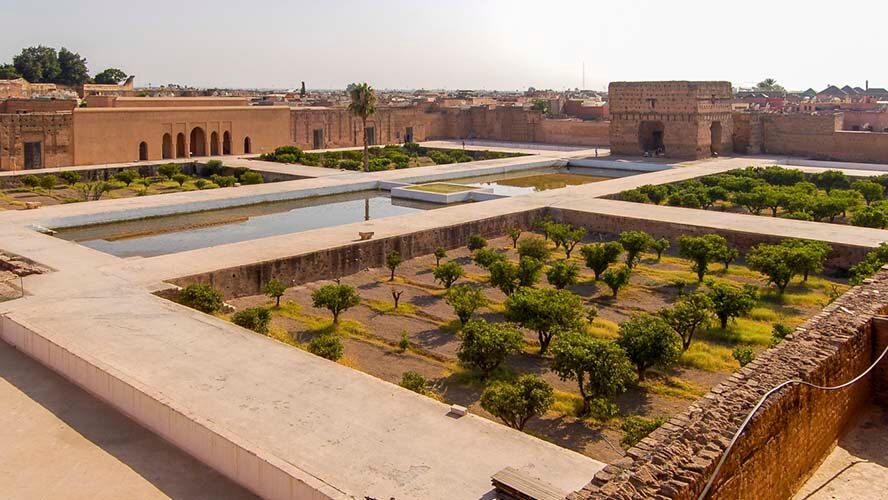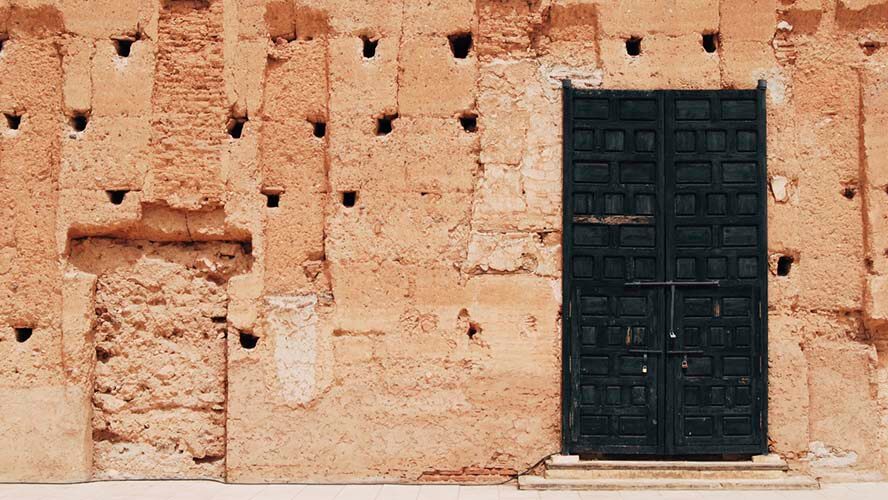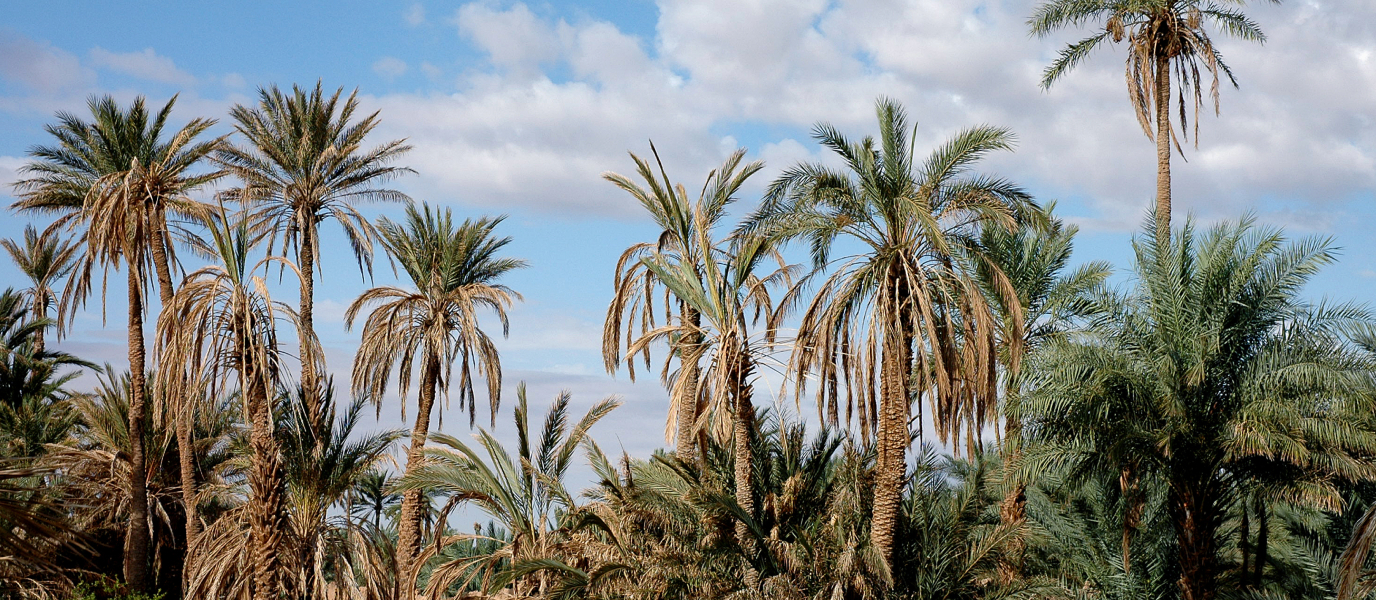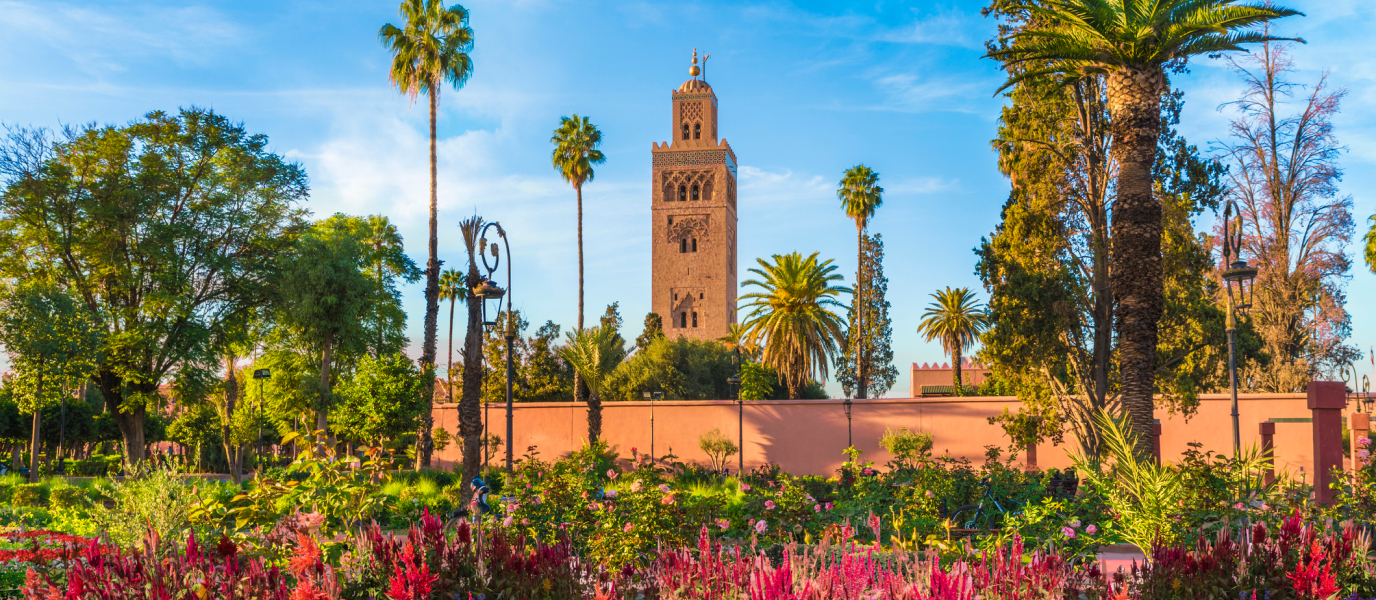Built at the end of the 16th century by the Saadian Sultan Ahmed al-Mansur to celebrate his victory over Portugal in a famous battle, the El Badi Palace in Marrakesh was reputed to be one of the most majestic buildings ever built on the planet. It’s said to have taken 25 years of work and a large group of workmen to build this 360-room monument that was admired the world over for its lavish decoration of gold, turquoise, and crystal, as well as its impressive gardens. It’s the great symbol of the architecture of the Saadid dynasty of Morocco.
The history of the El Badi Palace
The El Badi Palace in Marrakesh is the result of a sultan’s whim, one of the most prestigious in the history of Morocco, who enjoyed unparalleled luxury, a monument that was eventually plundered (for 12 years no less) and virtually destroyed by the sultan who succeeded him on the throne, Moulay Ismail. All its jewels and riches ended up in the new capital of the Moroccan Empire, Meknes. Abandonment and the passage of time have meant that today we can only enjoy the remains of its dazzling architectural decoration, as well as a vast forecourt of gardens and orange trees, and walls that are two metres thick.

In fact, only the ruins remain of an ambitious architectural project that was paid for with money contributed by the Portuguese to rescue the nobles captured in the Battle of the Three Kings. Subsequently, money from the slave trade and the toll for gold from Mali as it passed through the Sahara was used to maintain it.
The building was constructed exactly between 1578 and 1594, although some more detailed work took until 1603, the year of the sultan’s death. El Badi, “The Incomparable”, is one of the 99 adjectives for God and means that this masterpiece of Islamic art, which used the finest materials from China, Sudan, Carrara (Italy), India, and all over the world, also has a sacred significance.
The El Badi Palace was a symbol of power, and it was here that great feasts and receptions were held, attended by the great rulers and that featured minstrels, fortune tellers, and dancers.

The El Badi Palace: what to see inside
Even today, after its plundering and despite its ruinous state, it still inspires admiration among its visitors, who can still get an idea of the scale of the power of the sultans of Morocco. You’ll be fascinated by the ceilings inlaid and the columns topped with gold, the black and white marble, the onyxes of many colours. Moreover, the floor, tiled with precious mosaics, had many fountains with jets that brought freshness and light to the atmosphere. From its rooftop terrace, you have a fabulous view of the city’s skyline, its ochre roofs, and the Atlas Mountains, while watching the flight of the storks that nest in this part of Morocco. Some claim that the plans for this monument were inspired by those of the Alhambra in Granada.

The entrance gate to what is also known as the Palais Badii in Marrakesh is known as the Bab Al-Rokham (Marble Gate) and leads to a huge rectangular space in the centre of which is a large 90-metre-long basin with a beautiful monumental fountain. Around this courtyard, there are two pavilions facing each other and that are almost identical: The Crystal Pavilion and the Audience Pavilion, which were topped by domes supported by Italian marble columns. And at the other two ends: the Green Pavilion and the Heliotrope Pavilion.
You can also visit the palace’s underground passageways, which were used as dungeons and which today display archaeological artefacts and photographs.

Minbar of the Koutoubia
One of the masterpieces that survives intact in the Badi Palace is the pulpit (minbar) of the cathedral mosque, a masterpiece of carpentry and marquetry, which is displayed in a small museum in the El Badi Palace. The pulpit is three metres high and three metres deep and was used in the Koutoubia until 1962. It’s made of precious wood and ivory finely carved with beautiful arabesques. It’s a genuine masterpiece made in the 12th century by woodworkers from Córdoba, who carved small Qur’anic scriptures in gold and silver into the wood.
Next to the El Badi Palace in Marrakesh, there are other tourist attractions that you can’t miss on your trip here, such as the Saadid Tombs, the Bahia Palace, or the Dar Si Said Museum.











































































